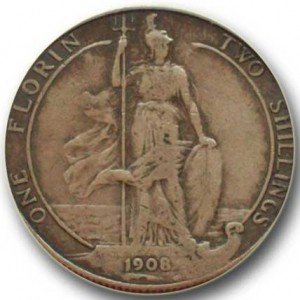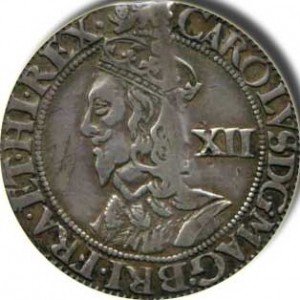Krugerrand coin values
Buy solid gold Krugerrands online. Krugerrands are gold coins from South Africa. They are the most popular gold coins for gold investors (and gold coin collectors) even more so than gold sovereigns so we thought you might like easy access to buying krugerrands online. A full krugerrand weighs one ounce, and that’s one ounce of pure gold.
They are available in one ounce, half ounce, quarter ounce and a tenth ounce of actual gold weight. They are generally the most commonly traded gold coin in the world and so if you either collect gold coins, or you are an investor who wants to buy gold coins then they are likely to be of interest to you. Investing in gold has never been easier or less complicated!
What are Krugerrands worth?
Unlike many coins, Krugerrands tend to be worth the gold value. They are generally too valuable for normal coin collectors to be able to collect based on scarity and rarity hence the gold value is what will generally determine most of their resale price although it is certainly true that there are rare examples which are worth more than the intrinsic value of the precious metal from which they are struck. If you want to find out what krugerrand coins are worth then just take a look below!
Krugerrand coin values
Take a look at these asking prices below.
[phpbay]krugerrand, 100, “”, “”[/phpbay]

 Shilling coins for British coin collectors. A
Shilling coins for British coin collectors. A